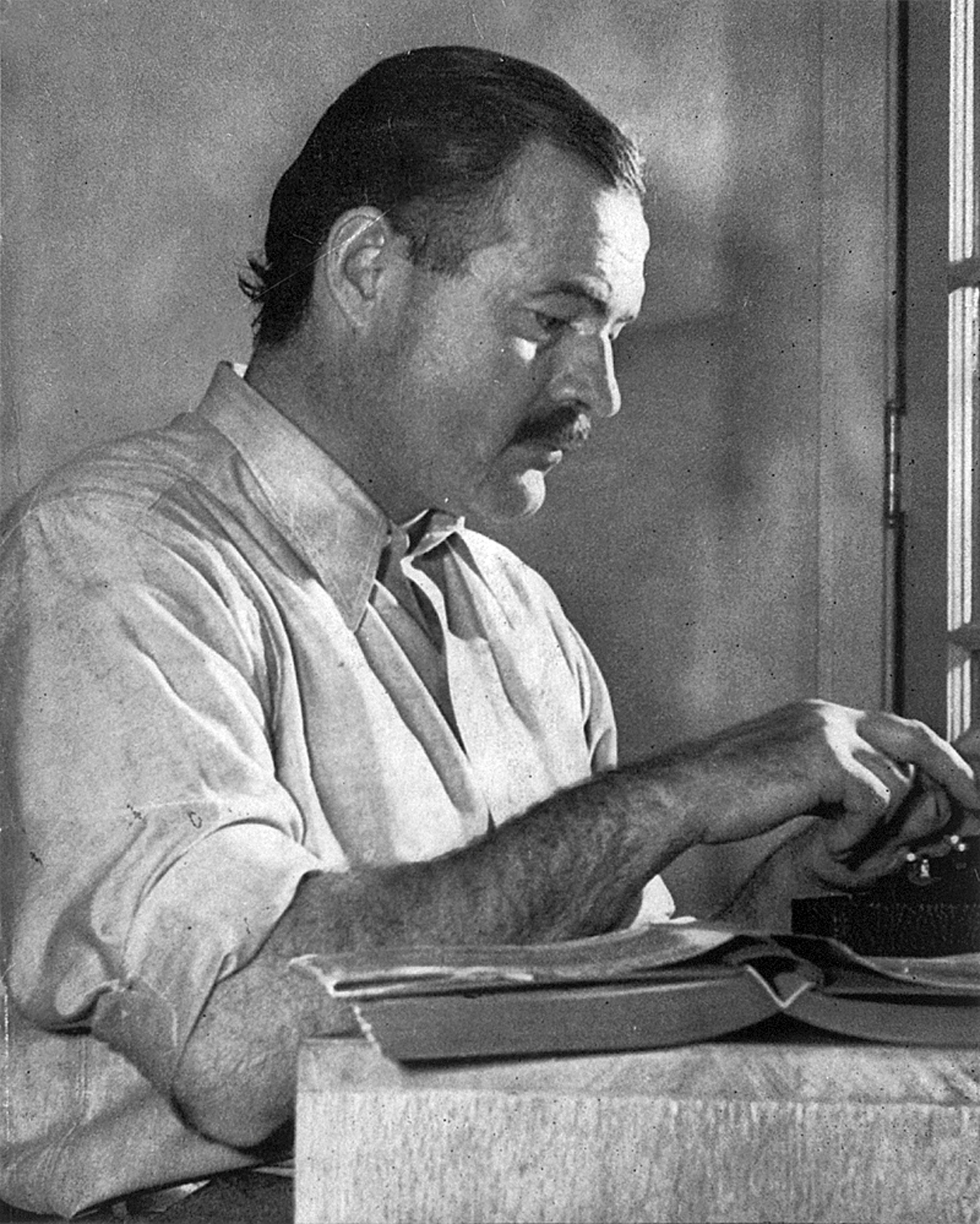Click on the headline to link to a "Wikipedia" entry for the great American writer, Ernest Hemingway.
BOOK REVIEW
DEATH IN THE AFTERNOON, ERNEST HEMINGWAY, PUTNAM, NEW YORK, 1931
At the time that Hemingway wrote this book the rather exotic art of bullfighting was fairly unknown to English audiences. Hemingway's book almost single-handedly drove many expatriate Americans and Europeans of the ‘lost generation’ to the corrida. Some of his novels and short stories also have the bullring as a backdrop. This book is an interesting combination of Hemingway’s literary flair and a 'how to' book on the art of bullfighting. The bullfight experience (watching, that is) became a mandatory exercise for later, mainly American, male writers and formed a rite of passage for manly writing. One thinks immediately of Norman Mailer but there were others.
Having watched a bullfight in Mexico I find it hard to see the interest that Hemingway and the others had in the sport. I do not care for prizefighting either, another rite of passage for an earlier generation of writers. I have, on the other hand, seen the 'bullpen' at Fenway Park of the beloved home town Boston Red Sox do things to blow a lead that would shame even a novice matador. On its own terms, Hemingway surely had more than an amateur interest in describing the ritual of the fight and grading the performances of man and beast. That part, in essence, the literary part is what held my interest. If one suspends judgment on the obvious surface brutality of the event and rather delves into the ‘man against nature’ and ‘dancing with death’ aspects of this stylized ritual that is where you will find Hemingway. Ole
BOOK REVIEW
DEATH IN THE AFTERNOON, ERNEST HEMINGWAY, PUTNAM, NEW YORK, 1931
At the time that Hemingway wrote this book the rather exotic art of bullfighting was fairly unknown to English audiences. Hemingway's book almost single-handedly drove many expatriate Americans and Europeans of the ‘lost generation’ to the corrida. Some of his novels and short stories also have the bullring as a backdrop. This book is an interesting combination of Hemingway’s literary flair and a 'how to' book on the art of bullfighting. The bullfight experience (watching, that is) became a mandatory exercise for later, mainly American, male writers and formed a rite of passage for manly writing. One thinks immediately of Norman Mailer but there were others.
Having watched a bullfight in Mexico I find it hard to see the interest that Hemingway and the others had in the sport. I do not care for prizefighting either, another rite of passage for an earlier generation of writers. I have, on the other hand, seen the 'bullpen' at Fenway Park of the beloved home town Boston Red Sox do things to blow a lead that would shame even a novice matador. On its own terms, Hemingway surely had more than an amateur interest in describing the ritual of the fight and grading the performances of man and beast. That part, in essence, the literary part is what held my interest. If one suspends judgment on the obvious surface brutality of the event and rather delves into the ‘man against nature’ and ‘dancing with death’ aspects of this stylized ritual that is where you will find Hemingway. Ole

No comments:
Post a Comment